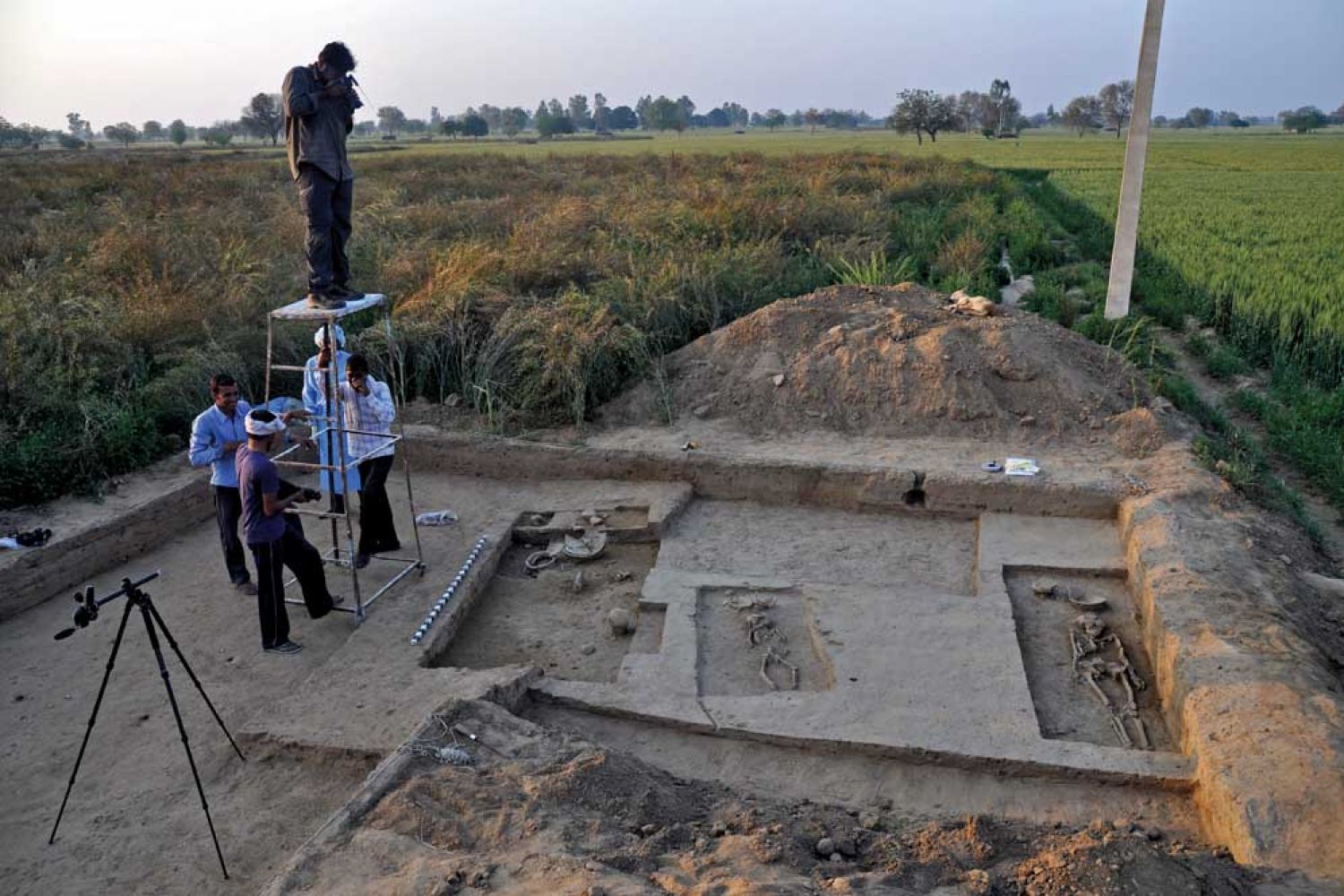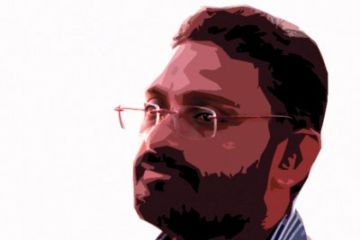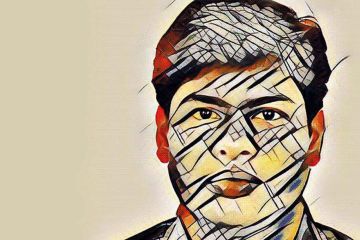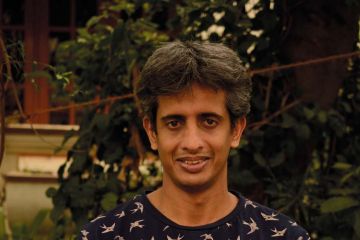
Professor Vasant
Shinde is one of India’s leading field archaeologists. He is Vice-Chancellor of
Pune’s Deccan College and has headed a number of excavations around the
country, from Harappan sites in Gujarat and Haryana to Chalcolithic—Copper
stone age, 3000-2000 BCE—sites in Madhya Pradesh and the Deccan, to protohistoric
and early historic sites in Rajasthan and Maharashtra. He believes his current
research, based on new DNA evidence from the Harappan site of Rakhigarhi,
Haryana
Continue reading “'Harappans are the founders of Indian culture'”
Read this story with a subscription.





